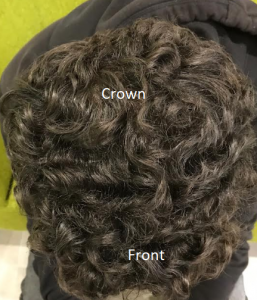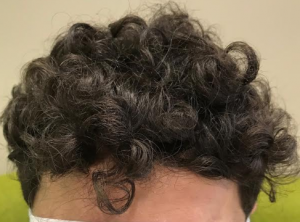A former patient came to my office last week complaining that the hair from the transplant last year did not grow. He wanted to discuss his options with me. When he came in, I pulled out his before pictures to be sure that both he and I would be talking about the presence or absence or change. As he looked at his before pictures, I asked him again to repeat the complaint. He repeated it despite looking at a before picture of himself — when he was a bald man. Then I gave him a mirror and asked him to look at the pictures from one year earlier, and then look back at the man in his mirror. I asked him if there was a difference.
He looked confused. When I probed his confusion, he told me that his wife was totally convinced that the hair did not grow. She reported to him that she had watched for his hair growth very closely and never saw the growth occur. He did admit that the man in the mirror was hairy and the man in the picture was bald. To help him through whatever problem he was having, I told him to think about planting grass seed or watching a child grow. The more closely you watch, the less change you see. Clearly, his wife had that problem and complained over the past year that the transplant was a waste of money. Then I suggested that he take home pictures of himself before the surgery to show to his wife, and see if her view changed. That seemed to solve the problem and he left very happy.
We see the same thing echoed by many men who are amazed that their hair transplant was never detected, even by them. In the workplace, the change occurs so slowly, that people who see you every day never notice any change. We quickly adjust to what we see before us, not the image we stored in our memories.
I always enjoy these return visits a year or so after the initial transplants were done, to be able to compare the image stored in the before photos to the ‘hairy’ person in front of me.
2005-06-07 08:16:062005-07-05 07:03:36Impact of Change In Appearance



